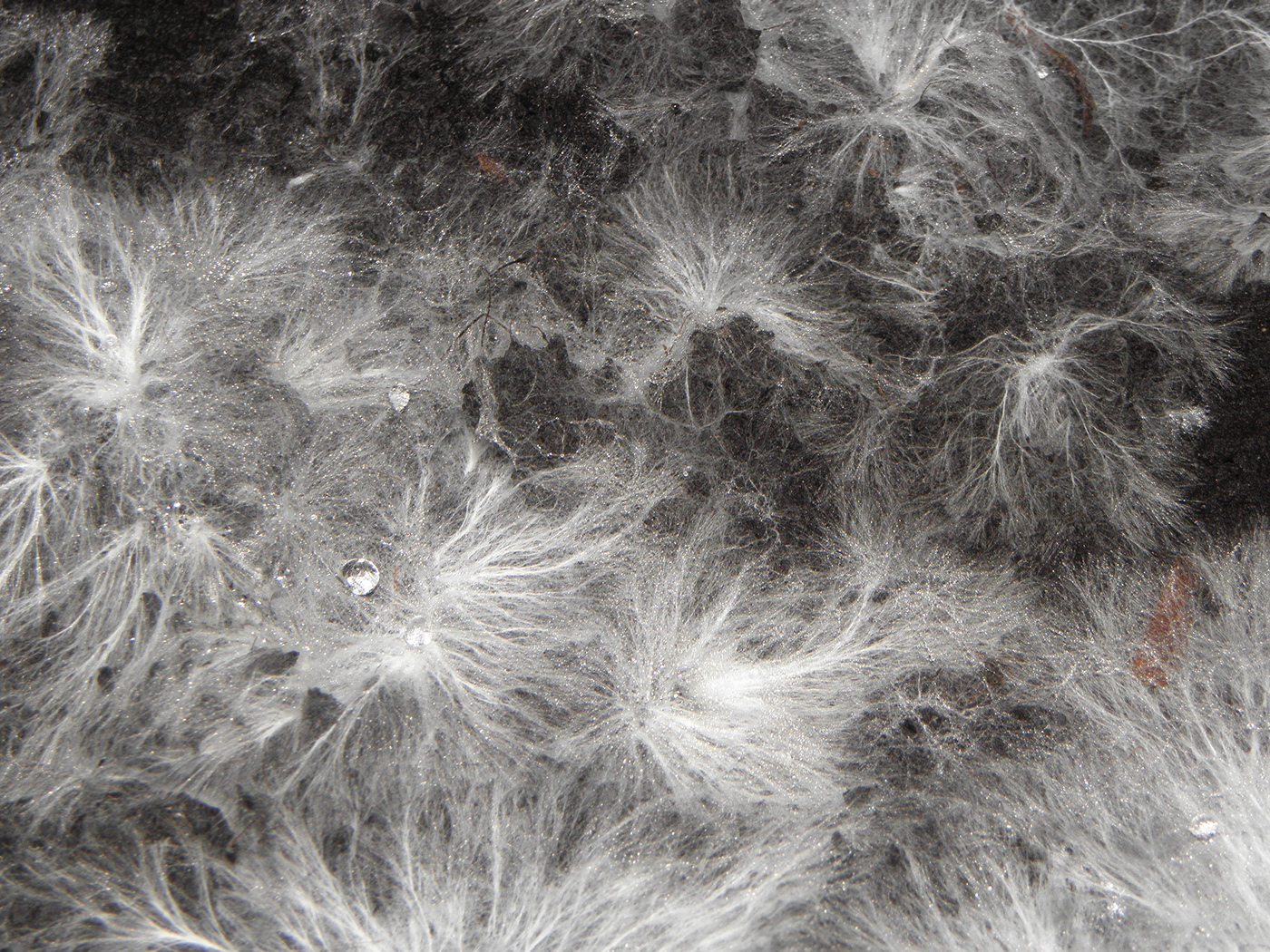MycowovenⅠ
Material driven Design for Biofabrication and Computational Design
The problems caused by conventional petroleum-based plastics and the associated high consumption of energy and resources are becoming increasingly apparent. Economy and industry have long been looking for alternative materials for more sustainable production.
The development of fully biodegradable, non-toxic and non-hazardous bio-based materials from bio-based raw materials such as casein, chitin and mycelium material has begun and attempts are being made to use such bio-based materials in architecture, industrial production as well as fashion industry.
Mycowoven is the title of my master thesis. I wanted to experience and use some bioscientific and digital techniques to find new application concepts for a material that is still under development, namely myceliumbased material. In this process, I had the pleasure of communicating with Dr. Falko Matthes, a PhD in biology, and Christoph Rafoth, a digital manufacturing engineer, and received a lot of professional and practical advice from them.

Myceliumbased Material and Biofabrication
Mycelium is the vegitative part of fungi, consisting of a network of white threads.
Myceliumbased material is a material formed from fungal mycelium and its organic food solid structure, which is allowed to grow into various forms. And this method of producing materials is called Biofabrication.
In Design fields, "biofabrication" can be simply defined as:
A microorganism or living cell "factory" produces an ingredient or material through some basic physiological activity, such as fermentation, where the organism or cell itself is not intended to be part of the final product. The living "factory" can include bacteria, yeast, algae, mycelium and in some cases mammalian cells.
A microorganism or living cell "factory" produces an ingredient or material through some basic physiological activity, such as fermentation, where the organism or cell itself is not intended to be part of the final product. The living "factory" can include bacteria, yeast, algae, mycelium and in some cases mammalian cells.




Mycelium Culture Lab
To better understand this kind of Materials i have worked with Ganoderma Lucidum for two months and I did a lot of interesting experiments with it.
1. Split
I cut the molds used for cultivation into two pieces and let the mycelium assemble the model into a whole through growth.
I cut the molds used for cultivation into two pieces and let the mycelium assemble the model into a whole through growth.




2. Folding
I fold the material and expect the mycelium to sew the edges itself, making the folded structure more and more stable. In this way, the transition from flat to three-dimensional geometry is completed and mycelium can grow in three dimensions.


3D Printing and Mushroom
Through the above experiments, I realized the influence of structure on the growth of the mycelium. To create a breathable and humidified growth skeleton for it, I used 3D printing techniques. By using Growlay and FDM 3D printers, I was able to quickly verify some of my assumptions about the structure. (With good and bad growth)
Growlay is an experimental 3D printing filament that offers some plant seeds or fungi with nutrients to colonize them.







Experiments have shown that the mycelium grows better in structures with greater porosity when sufficient nutrients are available. Cultivating this material directly on the 3D printed Growlay saves time compared to the conventional way of printing substrates. In addition, Growlay is more malleable, which can expand the freedom of printed shapes.




After drying

Original, that is made of Growlay

14 days after

14 days after

